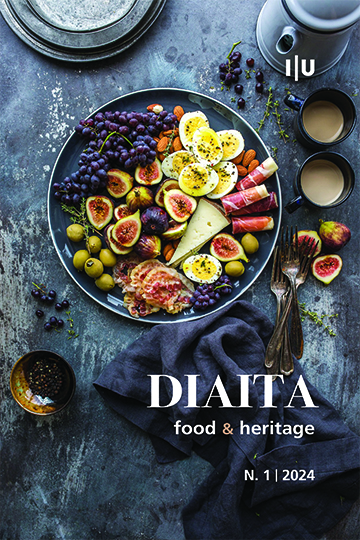Still-lifes, a living symbology: Di Cavalcanti and the pictorial representation of food
DOI:
https://doi.org/10.14195/2976-0232_1_2Keywords:
Di Cavalcanti, still-life, food painting, symbologyAbstract
The depiction techniques investigation allowed the incorporation of food in painting, propagating the senses that eating habits caused in man and how art has been changing throughout History. The still-life appeared in the sixteenth century as a decorative genre providing reflections on the human ephemeral nature, on brief appearances and finite pleasures. With the advent Modernism, new methods were incorporated into the canvas. In Brazil, the break with past-aesthetics influenced many artists, including Emiliano Di Cavalcanti (1897-1976). In this article, the aim is to examine the symbolism of food at the still-life’s work of this Brazilian painter.



